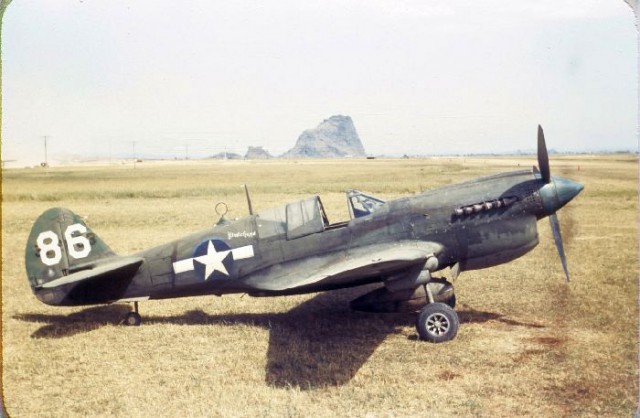Α)13 Awesome Close Up Pictures of a German Heavy Tank "Tiger I" displayed in Russia
This
is a awesome collection of close up pictures of a captured German tank
Pz.Kpfw. Vl Ausf.H "Tiger I" displayed at Lenino-Snegiri Military
Historical Museum in the Russian territory. The chassis number is
250427. It presumably belonged to 424 th Heavy Tank Battalion and was
captured during the retreat of the Battalion in January 1945. Now the
tank paint and marking the 505 th Heavy Tank Battalion.
During
WWII, German Tiger tanks were primarily organized into special schwere
Panzer Abteilung (roughly "heavy tank battalions"). Ten Wehrmacht and
three Waffen-SS schwere Panzer Abteilung were formed.
The
s.Pz.Abt. 501 (later redesignated s.Pz.Abt. 424) was formed in May 1942.
It was sent to North Africa with Tiger I and Panzer III tanks in late
1942 and early 1943 and surrendered with the German defeat in Tunisia.
Later, it was reformed and it was sent to Eastern Front in November
1943. It was largely destroyed in Russian offensive in summer 1944. It
was reformed again and was issued with Tiger II. It returned to Eastern
Front. It was redesignated as s.Pz.Abt. 424, and after heavy losses it
was disbanded in early 1945.
This war museum is dedicated to the Russian 16th Army, which defended Moscow during the battle of Moscow (1941-1942).
Attached to the museum building is an open air exhibit with tanks and
armoured vehicles. Here you can watch this powerfull German tank, as
trace of war.
 ml
ml









